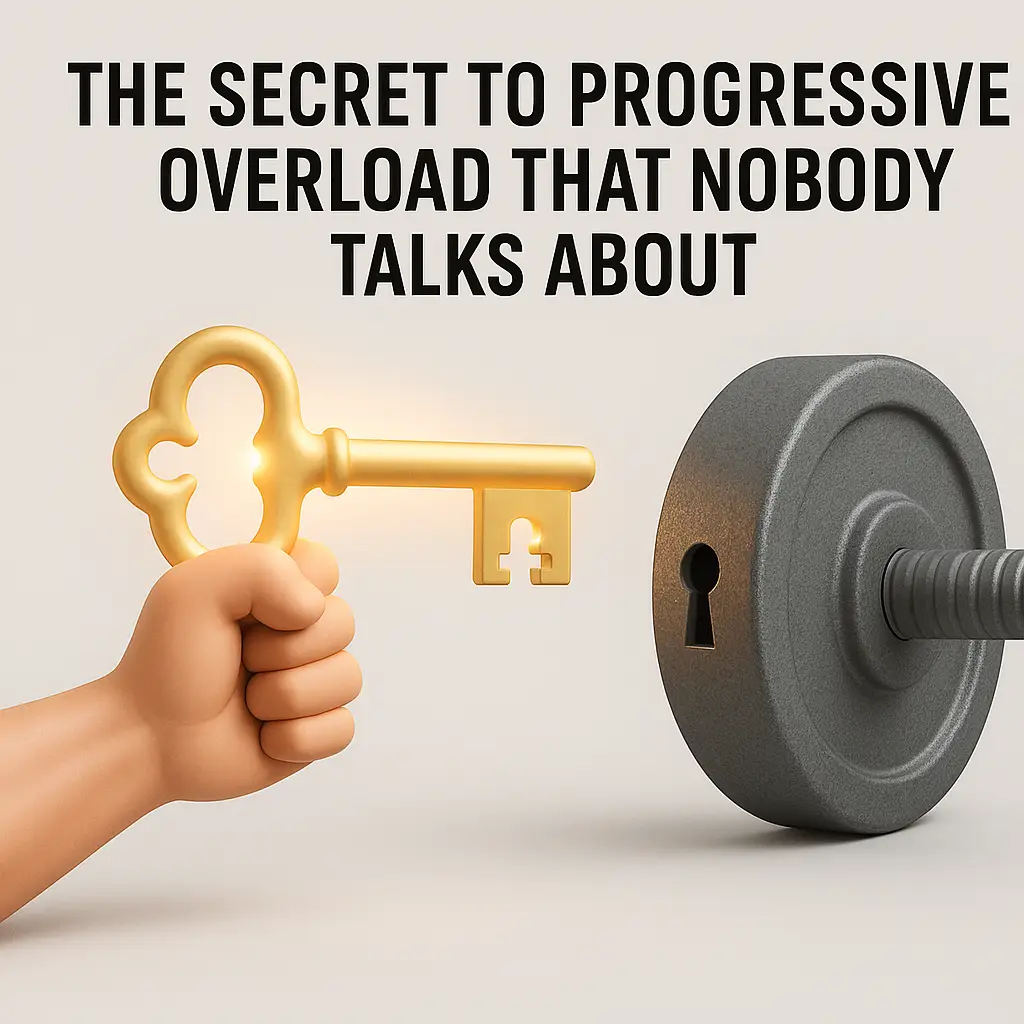
Progressive overload is the foundation of strength training and muscle growth — the principle that your body must face increasing challenges to keep adapting. But here’s the truth: most people think it’s just about adding more weight. The real secret? You can overload your muscles in **multiple ways**, not just by piling on plates.
1. Increase Time Under Tension
Slow your reps down. Extending the eccentric phase (the lowering portion) increases muscle damage and stimulates greater growth. Try a 3-second lower and 1-second lift tempo to make lighter weights feel heavier.
2. Perfect Your Form
Sometimes, your strength plateau isn’t due to lack of effort but poor form. Refining your technique ensures muscles are activated efficiently. A cleaner rep is often better than a heavier one.
3. Manipulate Rest Periods
Cut your rest between sets from 90 seconds to 45. Shorter rest increases metabolic stress and endurance — both crucial elements of muscle growth.
4. Add Volume or Frequency
Progressive overload can mean more sets, reps, or training sessions. For instance, if you train legs once a week, bump it to twice for faster results — provided your recovery is adequate.
5. Focus on Recovery
Overload only works when paired with rest. Muscles grow outside the gym, during recovery. Sleep, hydration, and nutrition are essential parts of the equation.
The Often-Ignored Secret:
Track your progress. Whether it’s lifting an extra rep, resting less, or feeling stronger in your form — it all counts as overload. Write everything down. Small improvements compound over time.
Bottom Line:
Progressive overload isn’t just a weight game — it’s a performance mindset. Learn to challenge your body in subtle, strategic ways. If you master this principle, you’ll never hit a long-term plateau again.
